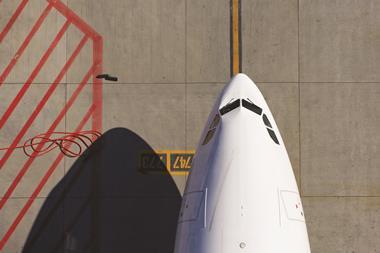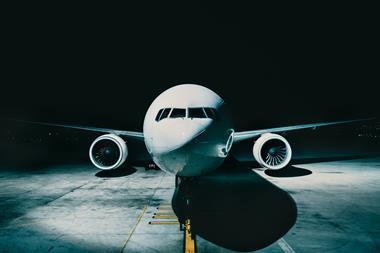Have the risk management lessons been learnt and a more transparent organisation emerged?
When two Boeing 737 MAX airliners crashed between October 2018 and March 2019 with the loss of 346 lives, the disasters threw the aerospace giant into a nightmare of hostile publicity, legal proceedings, damages claims, forensic examination by global regulators, and the departure of the chief executive.
The ongoing financial losses are enormous, running to about $20bn in fines, compensation and legal fees so far, not counting direct losses from cancelled orders and suspension of production of the 737 MAX.
The entire future of the 737 MAX, one of the jewels in Boeing’s line-up of models, was put in doubt.
Yet in a case study of high-level risk management, in November 2020 the nightmare began to end with the aircraft’s return to service after a 20-month grounding, the longest-ever of a US airliner.
It took that long for the authorities to be satisfied that Boeing had fixed design flaws that triggered the automatic nosedives to which the crashes were attributed.
Following the departure of senior executives, the rehabilitation of the aircraft was based on what Boeing describes as constant cooperation with regulators through every step of the process. In January 2021, Boeing got the green light from the EU Aviation Safety Authority and the UK Civil Aviation Authority, two of the most respected regulatory agencies.
A huge relief to operators with grounded 737 MAX fleets, those approvals got the aircraft back in the air. In February four airlines – Air Canada, United Airlines, Emirates and TUI – started flying the aircraft again. Next, a certification from Boeing’s domestic agency, the US Federal Aviation Administration, triggered a snowball of approvals.
By the end of the year no less than 185 countries had allowed the 737 MAX to resume service in their airspace, including Indonesia and Ethiopia where the crashes occurred.
China was one of the last countries to sign off the 737 MAX, but only after its aviation regulator insisted on simulator and certification flights. “The certification validation flight test was the first Boeing has ever conducted outside the US,” Boeing notes.
Greatly relieved not to have their aircraft lying idle, thereafter more airlines put the aircraft back in service. This wasn’t just a simple matter of firing up the engines because the aircraft had to be taken out of mothballs and put through a series of tests.
“Our 737 programme team mates worked around the clock globally to support our customers as they return airplanes back to service,” Boeing’s new CEO Dave Calhoun has said.
By the end of the year 35 operators were flying the MAX with what Boeing says is 99% reliability.
As the industry regains confidence in the design, the assembly line is starting up again – after the grounding Boeing was hit by 1,200 cancelled orders. Throughout the rest of 2021, domestic and global carriers booked nearly 400 737s and a total of 272 individually configured aircraft had been delivered at a rate of about 20 a month.
The uncertainty over the 737 MAX inevitably cast a cloud over other Boeing programmes such as the 777X, described as the world’s biggest and most fuel-efficient twin-engined jet.
In an industry that is turning its back on fuel-thirsty, four-engined aircraft, the 777X is one of Boeing’s key projects. In November 2021 Boeing unveiled the 777X at the Dubai Air Show and is currently working through a certification programme.
But the nightmare isn’t over yet. Legal proceedings and investigations continue, including by the US Department of Justice. And Boeing still hasn’t added up the final bill, which may not be known for years.
But at least the aircraft is in back in the air. And the lesson Boeing says it has learned is the importance of openness and transparency in the recovery process.




















No comments yet